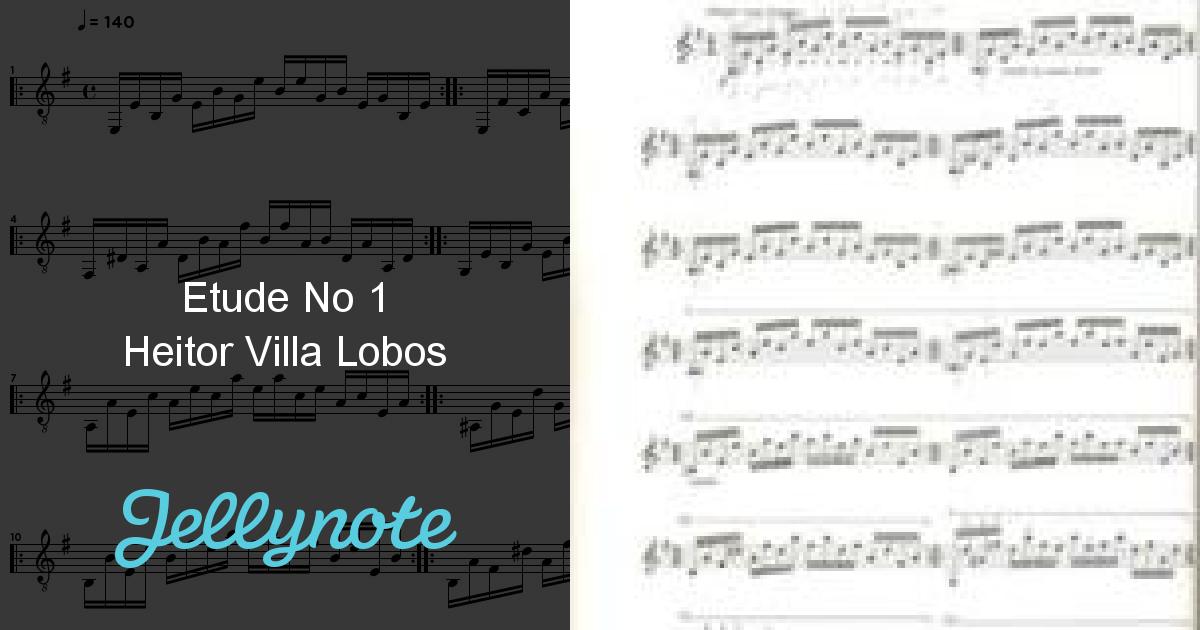

Romantic Music for classical guitar (1840 to 1920) Virtuosos like the Italians Matteo Carcassi (1792-1853) and Ferdinando Carulli (1770-1841) settled there, as well as the Spaniards Dionisio Aguado (1784-1849) and Fernando Sor (1778-1839). The Austrian capital also had excellent guitarists such as Wenzeslaus Matiegka (1773-1830), Anton Diabelli (1781-1858) and Leonhard von Call (1768-1815).įrom 1810 to 1840, Paris became the principal home of the guitar. Paris, Vienna and London accommodated these musicians in turn.įrom 1800 to 1820, the Italian virtuoso Mauro Giuliani (1780-1840), composed the first concertos for guitar and orchestra in Vienna. Classical period music for classical guitar (1750 to 1840)ĭuring this time the Italian guitarists travelled through all of Europe. In addition, works for the baroque lute from Johann Sebastian Bach and Sylvius Léopold Weiss and the many sonatas for harpsichord of Domenico Scarlatti adapt marvelously well to the guitar. In 1692 the Italian Ludovico Roncalli published a collection of music for guitar. He published his “Nouvelles Découvertes sur la guitare” in Paris in 1705 as well as a treaty on accompaniment which includes the first fugues for guitar ever written. In 1703, François Campion was given the title of professor of theorbo and guitar at the Royal Academy of Paris by king Louis XIV. Robert de Visée, successor of Francesco Corbetta as musician at the court of the King of France, had his “Livre de guittarre dédié au Roy” printed in Paris (1682). In France, in 1670, Francesco Corbetta printed in Paris “la guitarre Royalle”. In the third book are published for the first time small pieces written for the four string guitar. In 1546 “Tres Libros de Musica para Vihuela” by Alonso Mudarra appeared in Seville. Two years later, in 1538, Luys de Narváez published in Valladolid “Los seys libros del Delphin de musica” which introduced into Spain the idea of Variations on a Theme.


In 1536, that is to say a hundred years after the appearance of printing in Europe, Don Luys Milán, a gentleman at the court of the king of Portugal and of the Islands, published in Valencia, under the title of El Maestro, a collection of music which contains instrumental pieces for vihuela, as well as songs with vihuela accompaniment. This new process replaced the old practice of handwritten scores and, for the first time, the very rich lute repertory could be widely disseminated. The pages were printed in three stages: first, the staves, then the notes and finally the text and the page numbers. In 1501, in Venice, the printer Ottavio Petrucci was the first to use typography in the production of music. Music of the Renaissance for classical guitar


 0 kommentar(er)
0 kommentar(er)
